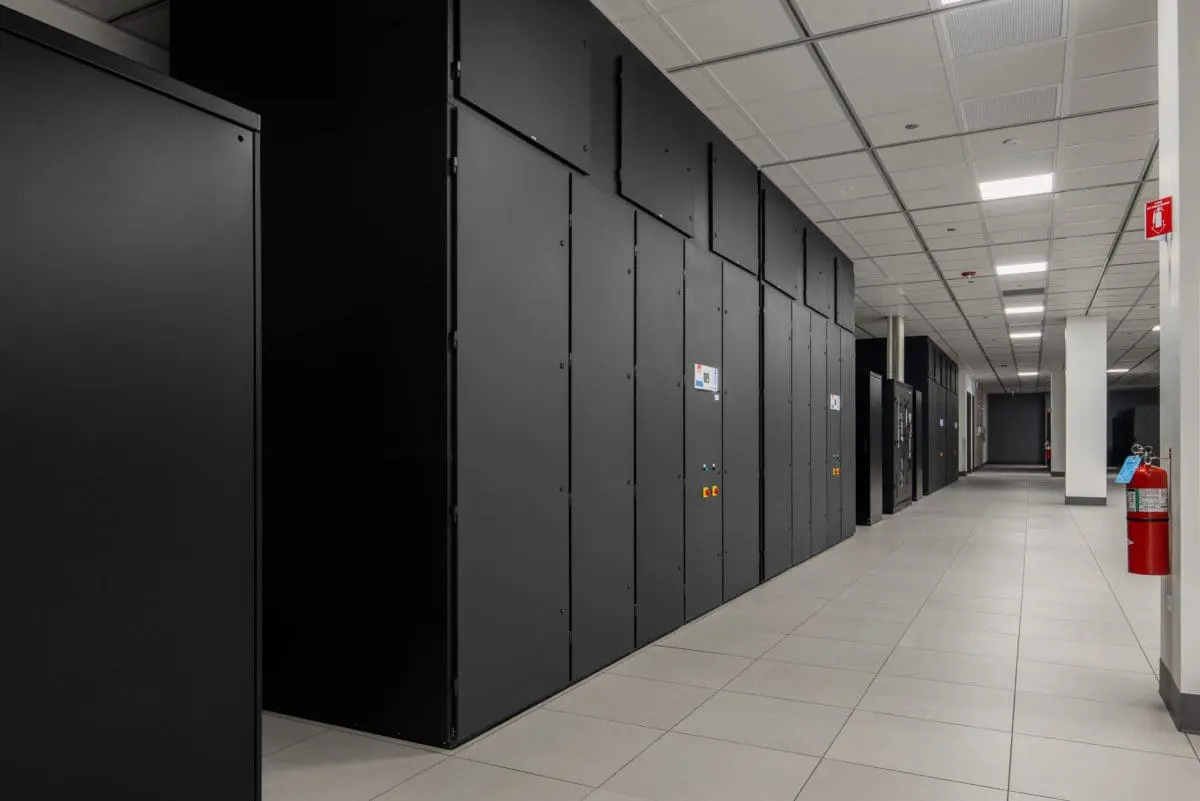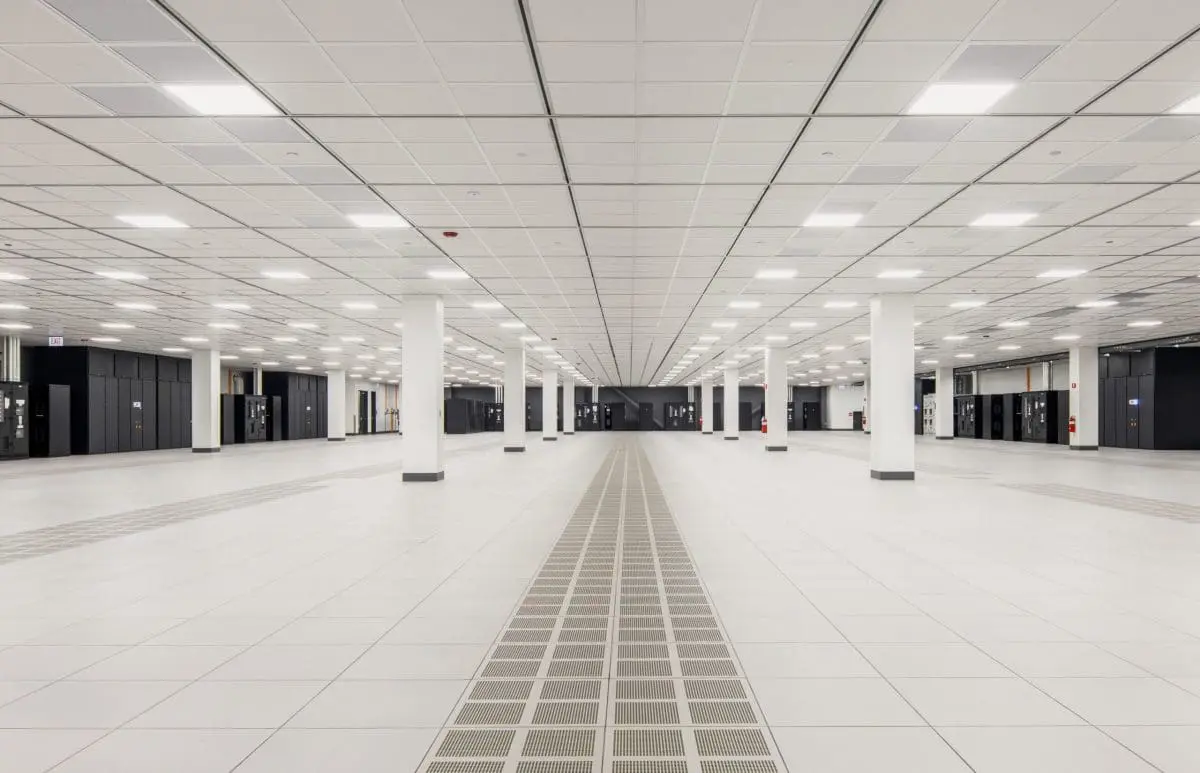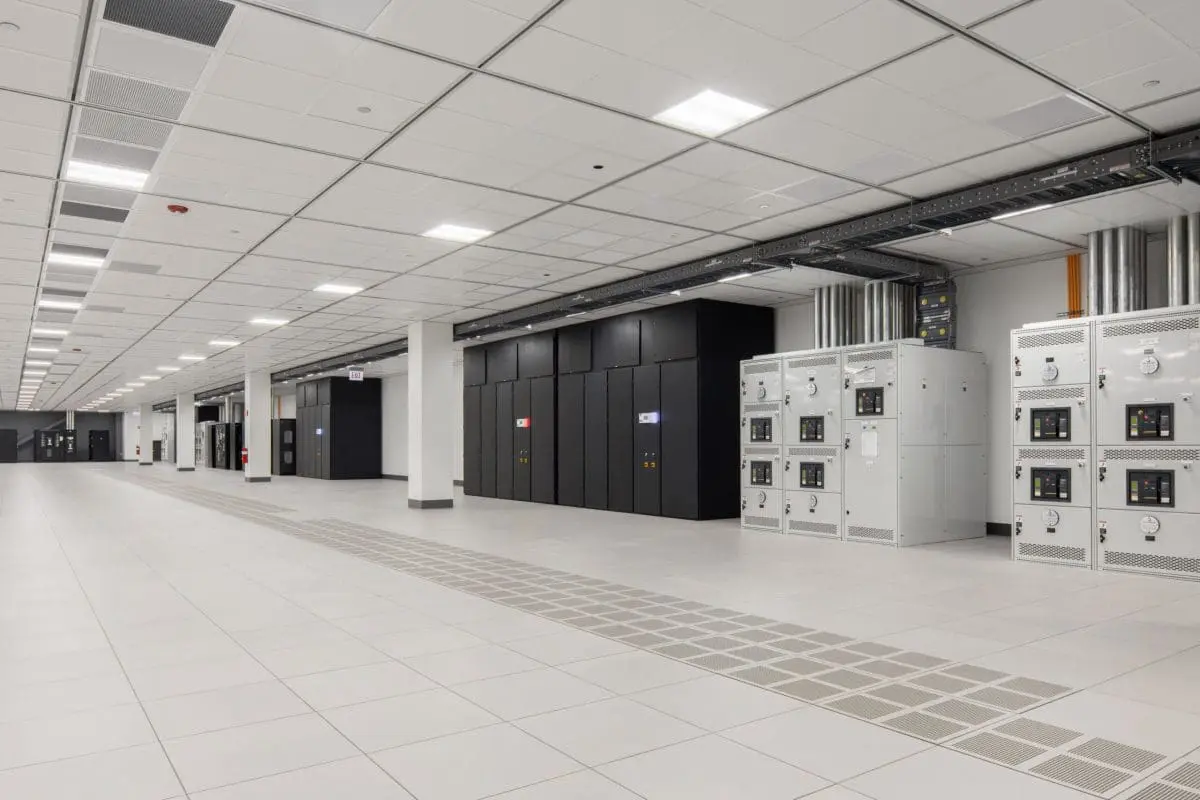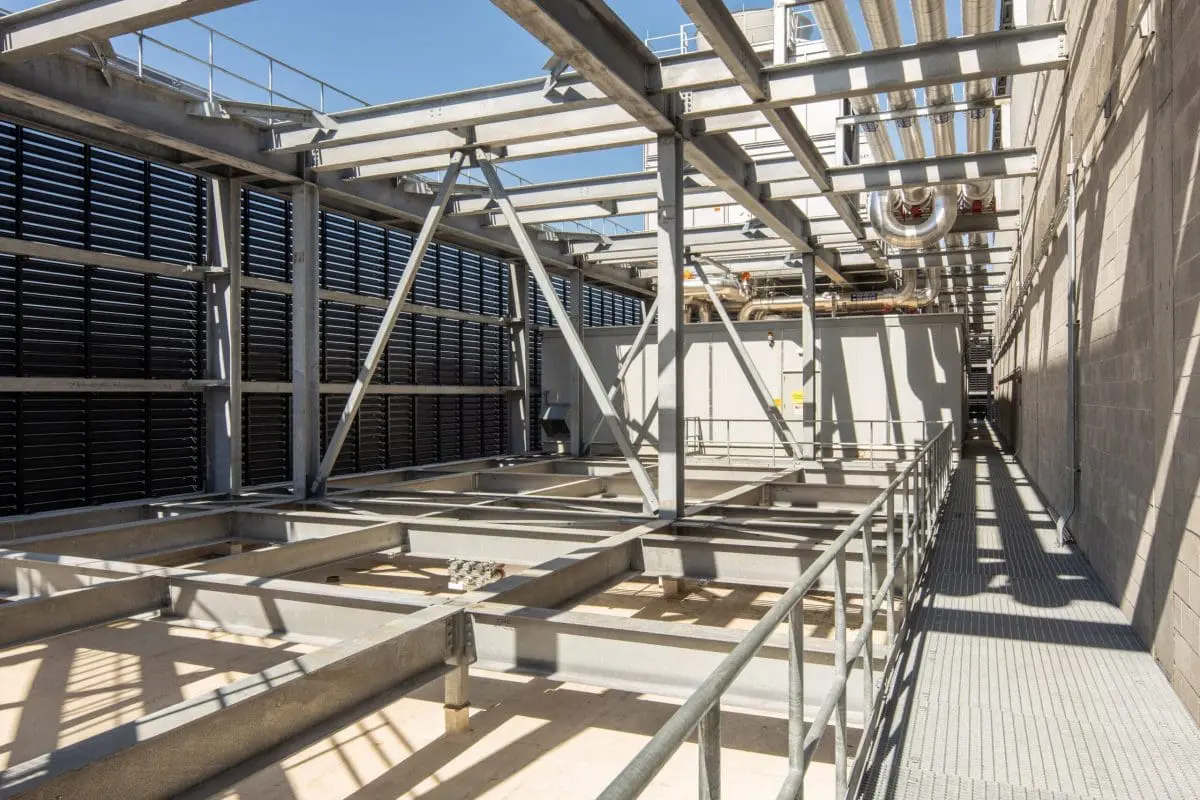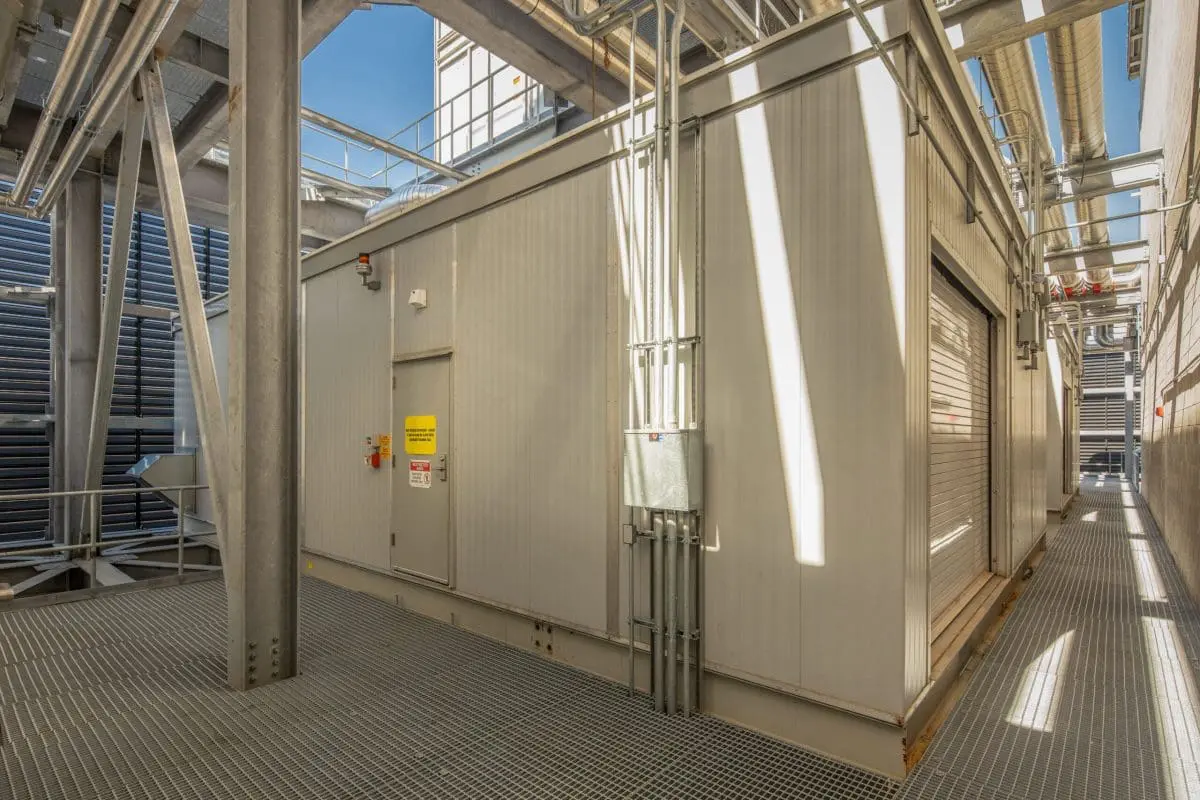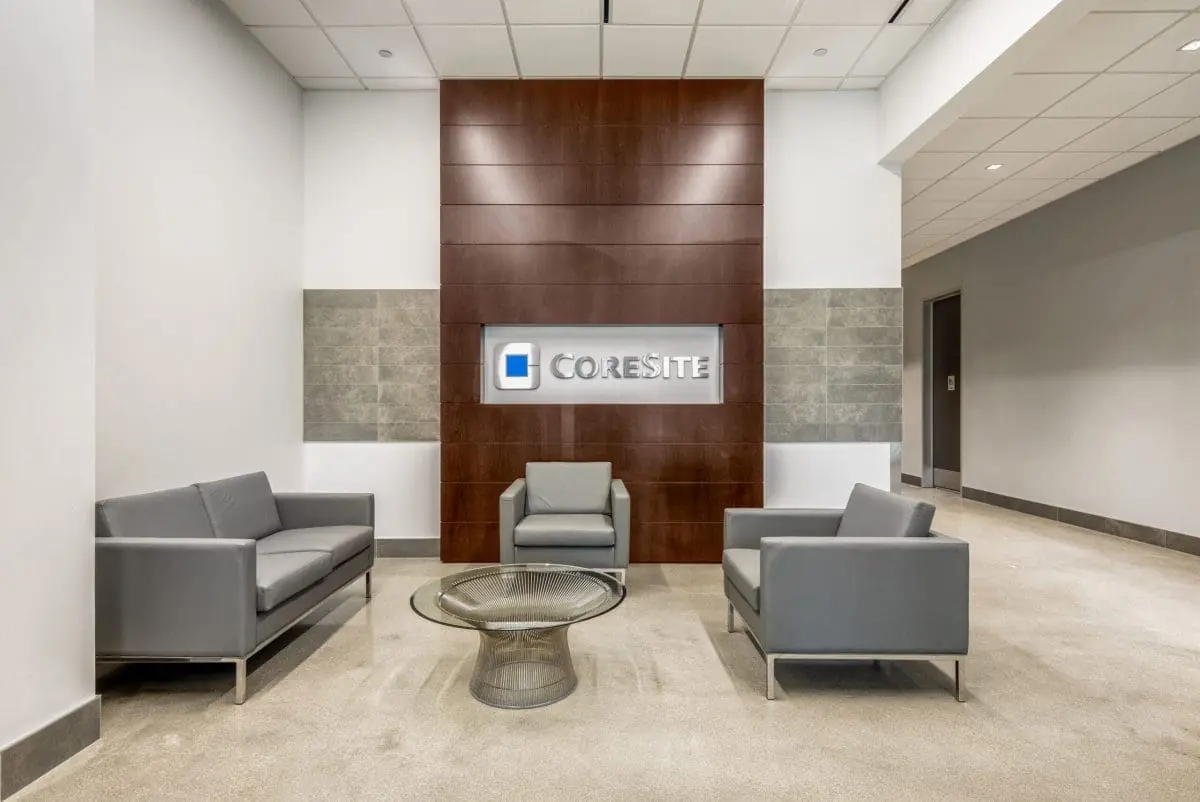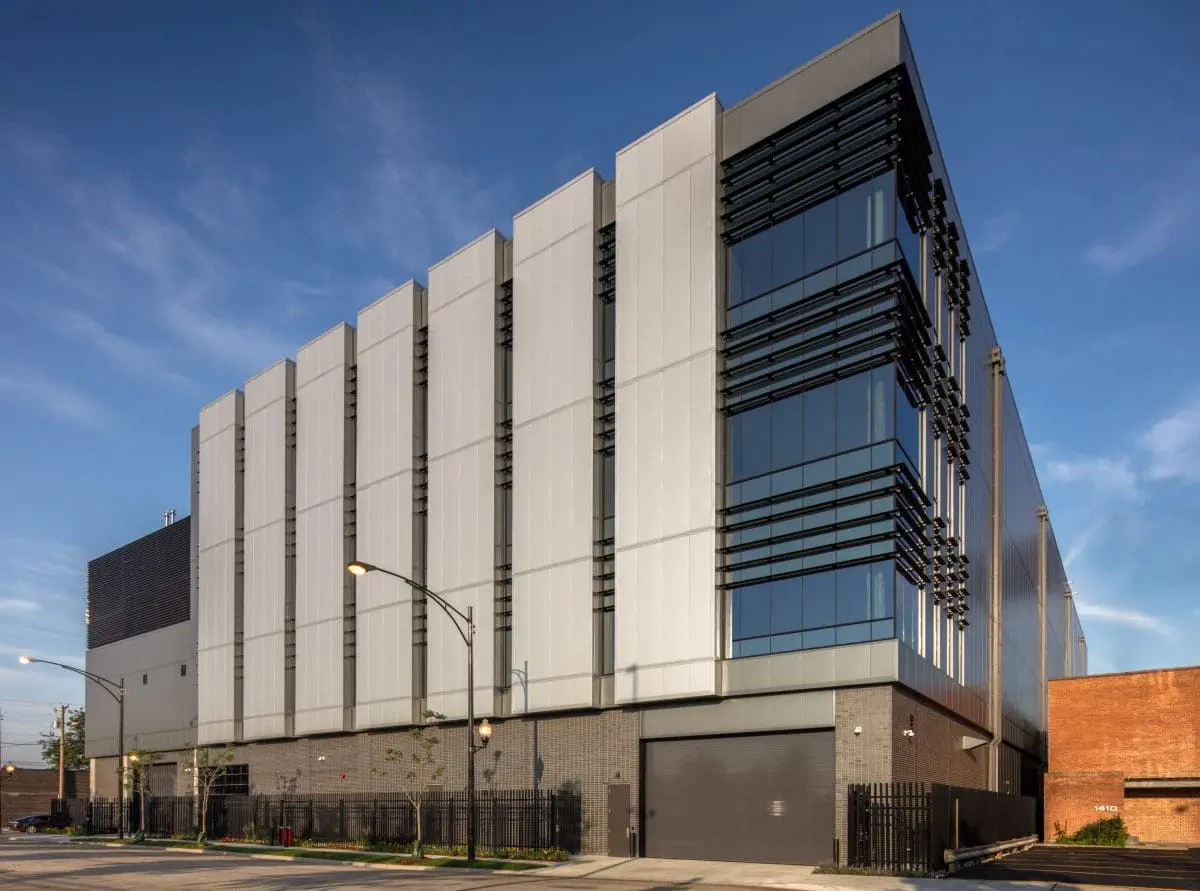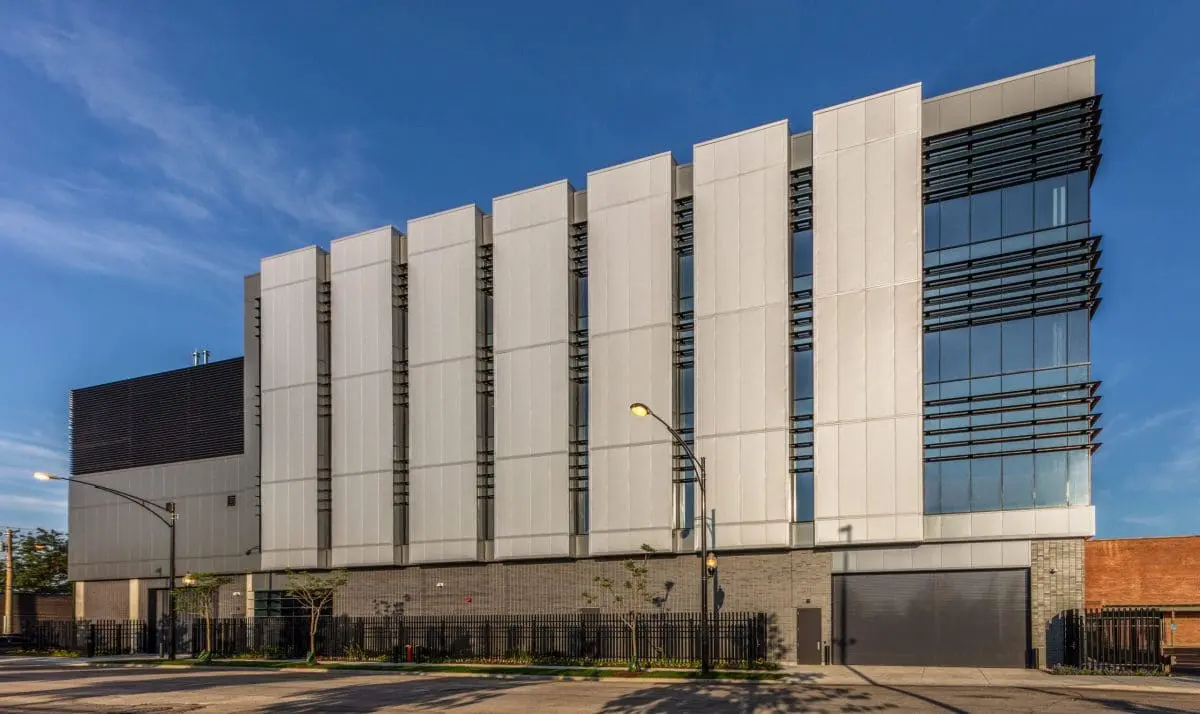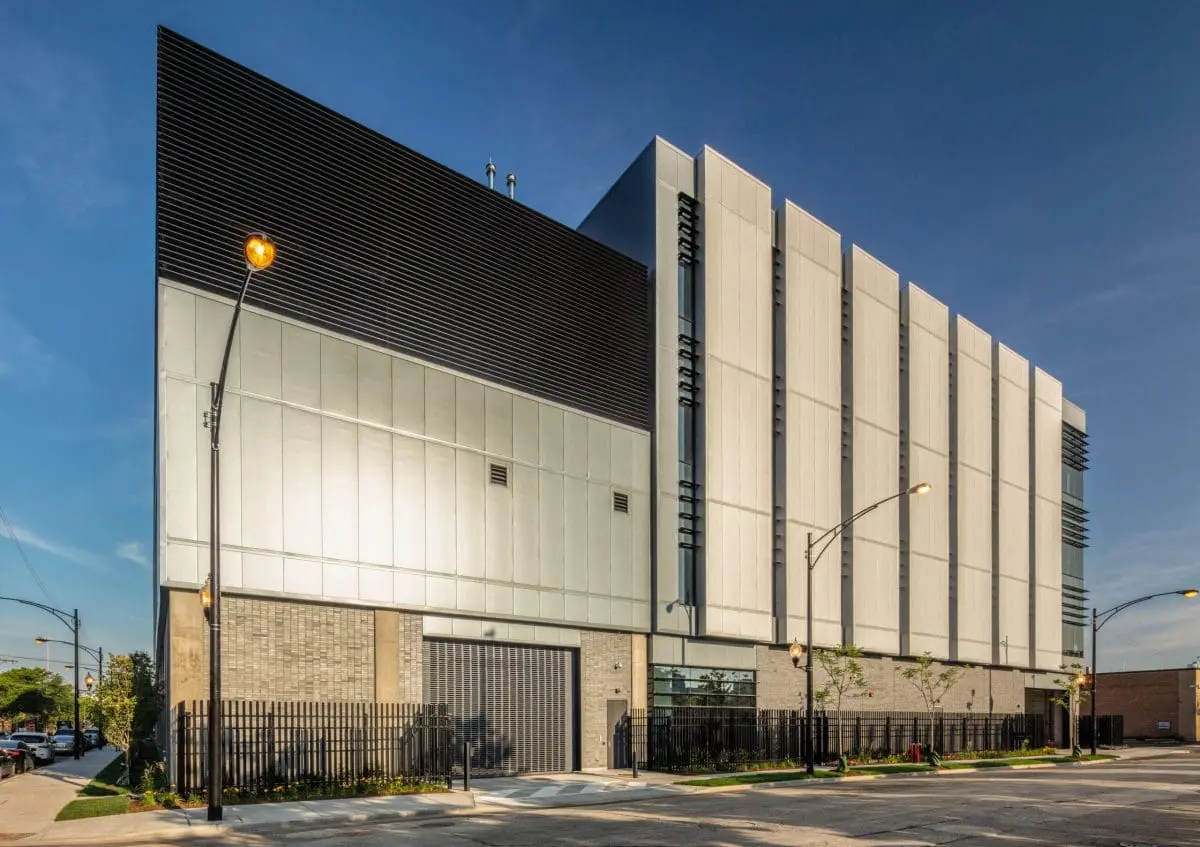Coresite
Chicago
The large mission critical facility hosts 1.4 million pounds of operations equipment.
Address
1432 South Clinton Street, Chicago, IL
Size
196,000 sq. ft.
Architect
Corgan
MEPS Engineer
AG&E Structural Engenuity
From Our Collaborators
We designed CH3 to offer a new choice in downtown Chicago for high-density, easy interconnection access for customers requiring high performance and low latency with the extensive connectivity options of a multi-cloud and carrier system.
Brian Warren
CoreSite senior vice president of development and product engineering, in company press release.
Read More
Image Credits
Copyright / Photo Credit: McShane Fleming Studio, Matt Dula
Copyright / Photo Credit: McShane Fleming Studio, Matt Dula

